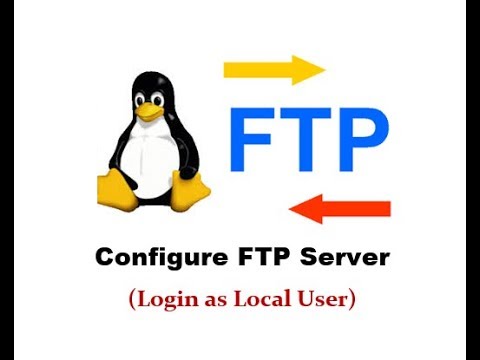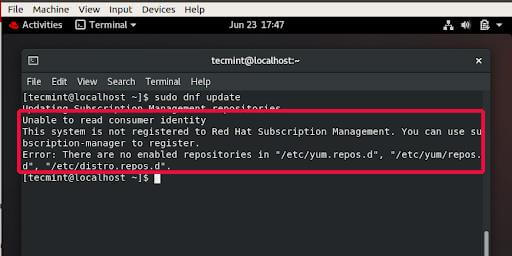
To show all responses from the remote server, as well as report on data transfer statistics. Prompts for the remote machine login name (the default is the user identity on the local machine), and, if necessary, prompt for a password and an account with which to login. ) file in the user’s home directory for an entry describing an account on the remote machine.

Turns off interactive prompting during multiple file transfers.įrom attempting auto-login upon initial connection. In environments where a firewall prevents connections from the outside world back to the client machine. Toggle printing byte counter during transfers.įTP command-line options for Linux and UNIXĭisables command editing and history support, if it was compiled into the Send site specific command to remote server. Toggle use of PORT cmd for each data connection.

Get file restarting at end of local file. Print ? in place of control characters on stdout. Print working directory on remote machine. Issue command on an alternate connection. Set translation table for default file name mapping.įorce interactive prompting on multiple commands. Set templates for default file name mapping. Get file if remote file is newer than local file. Show last modification time of remote file.

List contents of multiple remote directories. Toggle printing ‘#’ for each buffer transferred. Become a Red Hat partner and get support in building customer.
RHEL FTP SOFTWARE
Read developer tutorials and download Red Hat software for cloud application development. Get product support and knowledge from the open source experts. Learn about our open source products, services, and company. Toggle meta character expansion of local file names. Red Hat Customer Portal - Access to 24x7 support and knowledge. Toggle carriage return stripping on ascii gets. It doesn't log the content (commands) of the FTP session, but you'll have timestamps and destinations.Change remote working directory to parent directory. You'll see source and destination IPs for outbound FTP connections along with the timestamps, such as: May 18 11:29:40 localhost local4:info ipsec_logd: #:0 R:p O:10.1.1.1 S:10.1.1.1 D:10.2.2.2 P:tcp SP:55091 DP:21 R:l I:en0 F:n T:0 L:0 Wait for outbound FTP connections to occur, then: grep ipsec_logd /var/log/ipsec.log | grep DP:21 # -r L = applies only to packets destined or originated from the local host # -s, -m, -d, -M = source/dest IP & mask (any)

# -w O = outbound connections change this to “B” to log in both directions May 18 10:13:35 ftpserver daemon:debug ftpd: > /etc/nfĪdd a rule to allow and log traffic destined for port 21: # -v 4 = IPv4 Syslog will send any daemon's logs to this file, so you'll want to filter it down with grep, perhaps: grep 'daemon:debug ftpd' /var/log/ftp.log.Ĭommands that were sent via FTP will be logged with the string command: here's a sample: May 18 10:13:35 ftpserver daemon:debug ftpd: command: USER username-here^M To enable FTP logging on an AIX system, you need to reconfigure FTP (being called by inetd in your case) to send debug logs to syslog and to configure syslog to save those logs to a file.Įdit /etc/nf and add -d to the end of the ftpd line: ftp stream tcp6 nowait root /usr/sbin/ftpd ftpd -dĮdit /etc/nf and add a line for bug to save the logs somewhere: bug /var/log/ftp.logĬreate a file for syslog to write to: touch /var/log/ftp.log The purpose of Red Hat Secure FTP is to provide a sustainable, cross-platform and command-line accessible endpoint for customers to upload files to Red Hat. What commands have been performed on the local FTP server? What commands have been performed by the local FTP client to other servers.What commands have been performed on the local FTP server.So is there a log file for FTP?Ī) inetd is active and ftp is in it (thanks I am trying to know incoming and outgoing traffic on this port - with the commands that were performed (if possible). Is there a place on the AIX server where I should go and look to see the list of accessed and accessing servers via this port? If I have the IP of the server(s) and the file names, I will be able to track the program doing it.Should I cut the 21 port and see what transfers are blocked by the firewall?.
RHEL FTP INSTALL
Say I don't have the solution to install the tools I want on the server or on the Network. File Transport Protocol (FTP) is an old and complex multi-port protocol that presents a distinct set of challenges to an Load Balancer environment. Ok, let's say I am responsible for old application that I don't really know the details of, I am trying to secure my server, and someone suggested to forbid the 21 port that used for FTP.īut I am not sure which programs are running and use FTP on a day to day basis. If your container needs to use an HTTP, HTTPS, or FTP proxy server, you can configure it in different ways: Configure the Docker client Set proxy using the.


 0 kommentar(er)
0 kommentar(er)
